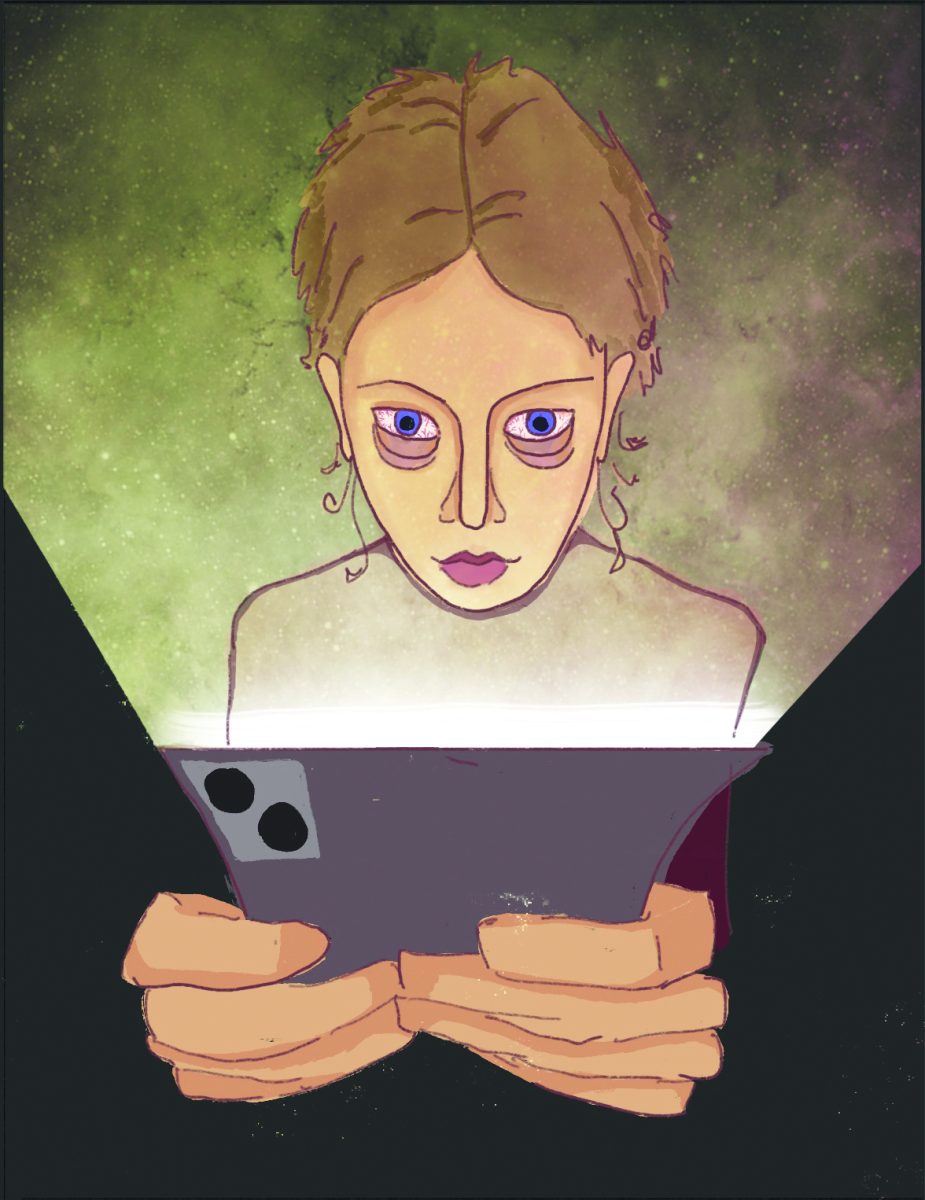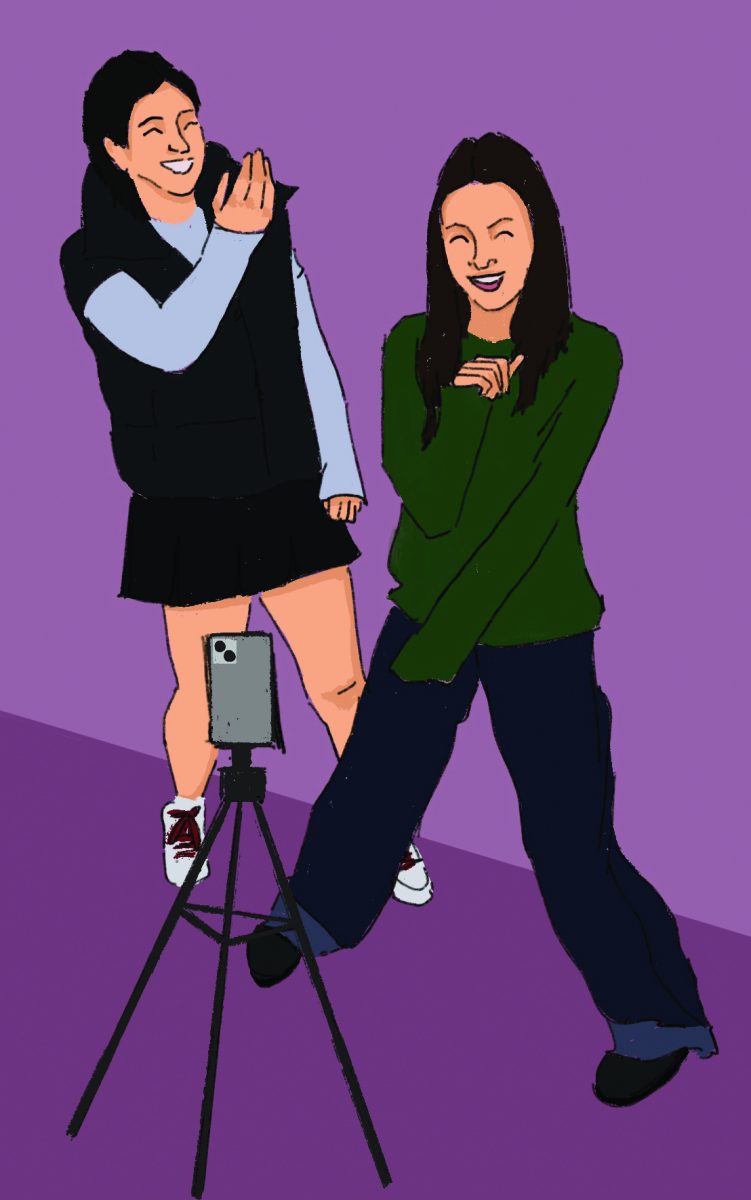The line might be fine between multi-racial identity and no identity at all
Column by Kelsey ’11
“Hi! I’m a believably attractive, 18 to 24 year old female. You can relate to me because I am racially ambiguous. I’m in this tampon commercial because market research shows that girls like you, love girls like me.”
The above statement is taken directly from the 2010 tampon commercial for UbyKotex. While it is clearly a comedic advertisement that utilizes reverse psychology to attract buyers, this exposes a much larger truth about the marketing of beauty in the media and the large shift that is taking place.
Flipping through the most recent issue of Teen Vogue, I can report that at least ten ad campaigns, from Armani Exchange to DKNY, boasted models that I could not easily identify with a mono-racial label. This shows significant progress from the days of the once inescapable Euro-centric ideal of white beauty that has dominated the glossy pages of fashion magazines for decades.
As a multiracial American, I cannot lie and say this is not the moment I have been waiting for. I saved the 2003 winter issue of the late, great Teen People that featured a makeover spread with models identified as “Puerto Rican/Italian American” and “Mexican/Icelandic American.” I idolized Naima Mora, winner of America’s Next Top Model Cycle 4, the mohawked, introvert who honored her Mexican, African American, and Irish heritage. Increased visibility in the media has done wonders for my own identity development, and I am grateful.
However, the fashion and entertainment industries hope to ride the multiracial social trend to the bank, as a means of being “hip to the times” and privy to the future, but it is still 2010, and there are plenty of beautiful mono-racial people who deserve to be represented. The “melting pot” model almost emphasizes the neutrality of no one identifiable race, alienating those who do not identify as “mixed.” This highlights a disturbing truth about why our society is gravitating towards ethnic ambiguity. Marketers love mixtures because oddly enough, they promise a certain degree of racelessness and anonymity.
What comes from our culture clashes and our racial difference in 2010? Hardship, oppression, prejudice, yes, but also cultural curiosity, diversity, and a myriad of ethnically informed viewpoints that are beautiful in their difference. The idealization of multiracial Americans in the media eludes to an easy out, claiming the faster we mix, the more quickly we can all say that we are the same. If all we want is sameness, this only goes to show that we have not evolved enough as human beings to actually address difference without resorting to a state of fear and subsequent prejudice and violence.
I believe in the beauty of a multiracial world in which all of our parts are still treasured and celebrated. I do not agree with the promotion of racial sameness or neutrality as a simple way to avoid conflict by erasing the opportunity for prejudice. That is not progression, and it never will be.






